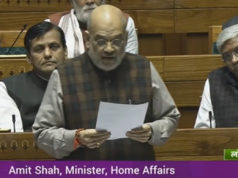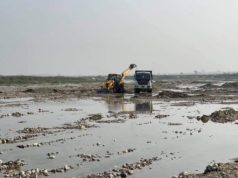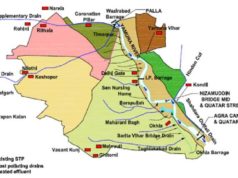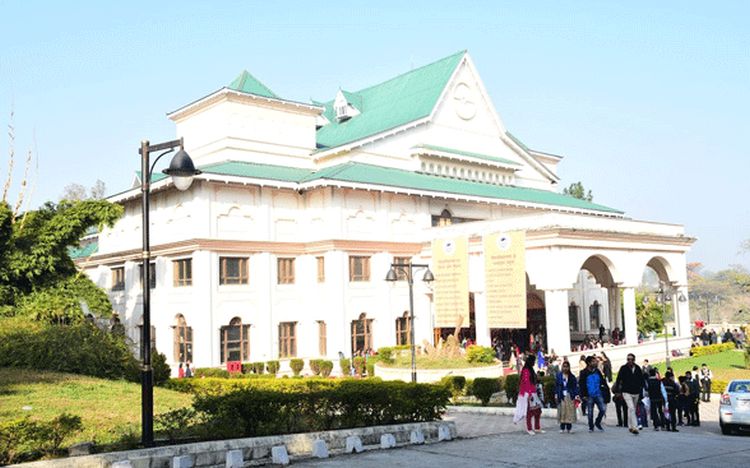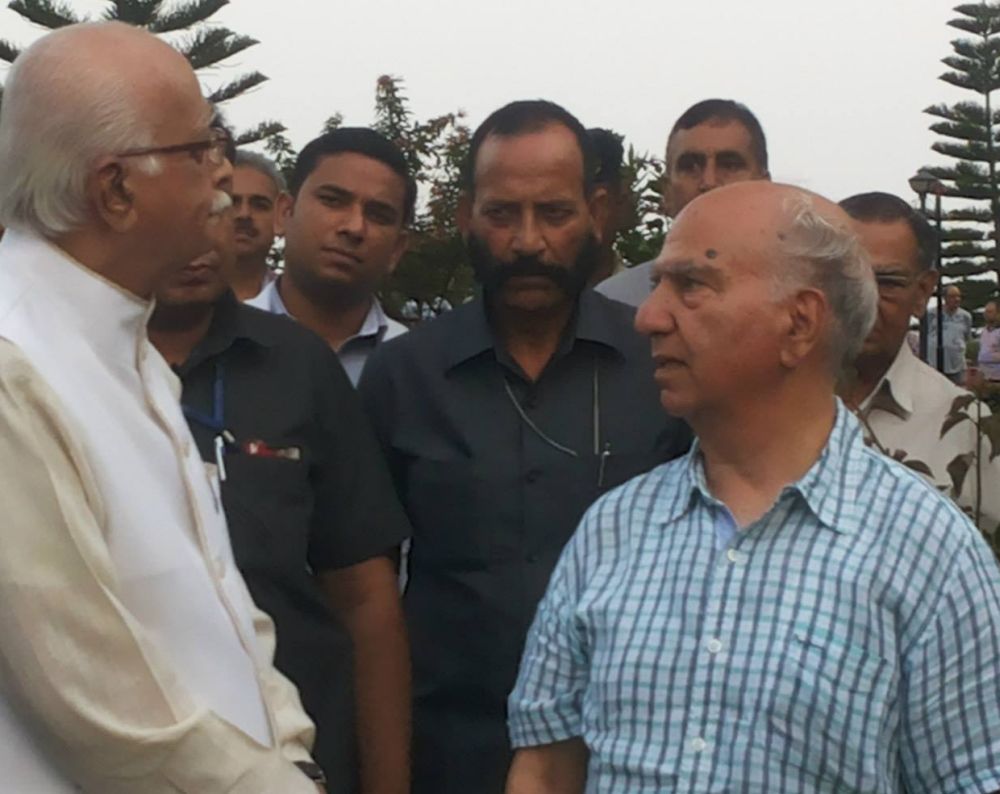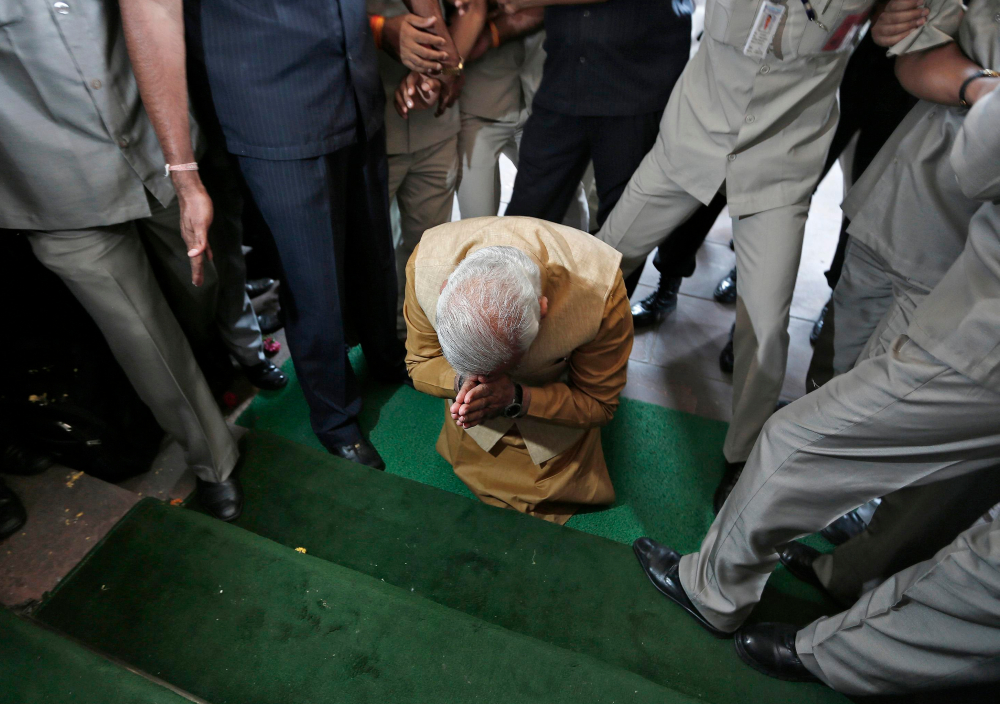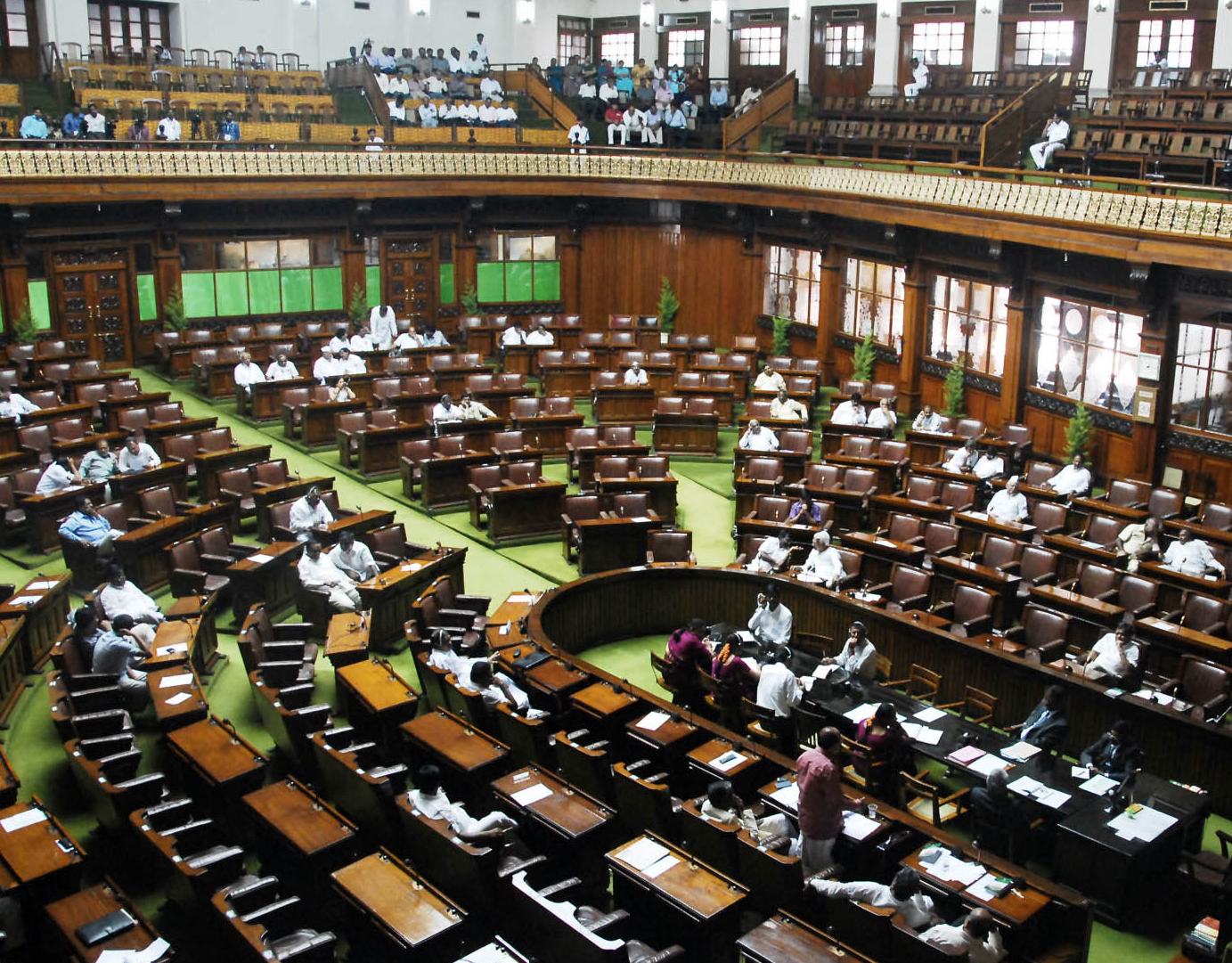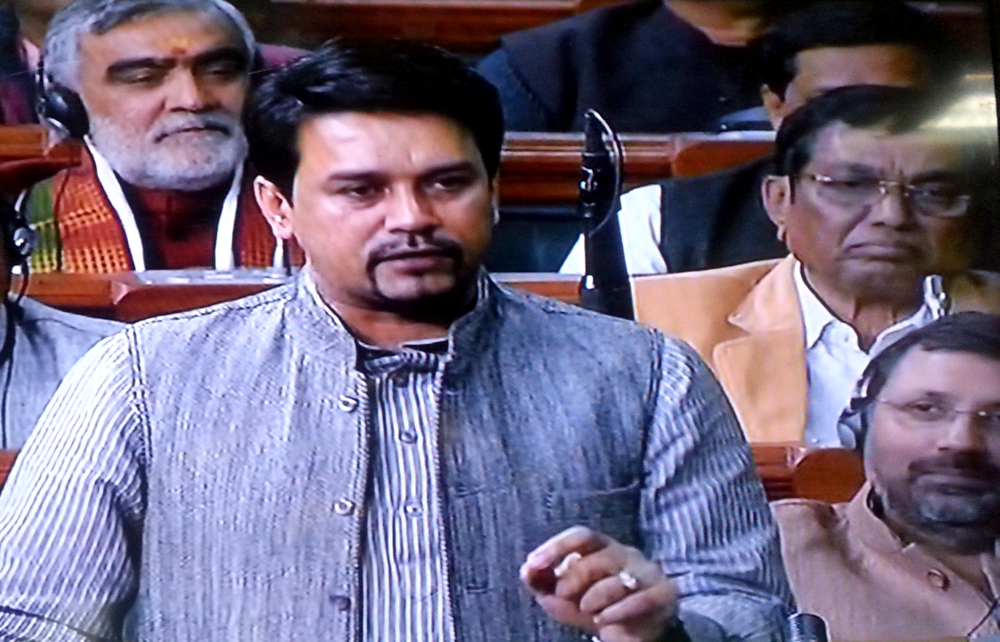New Delhi: Yamuna River, one of the major river of North India, which quench the thirst of Capital Delhi and irrigate land in Haryana and part of UP, has almost no freshwater downstream of Wazirabad barrage in Delhi except during the monsoon season.
Minister of State for Jal Shakti & Social Justice and Empowerment Rattan Lal Kataria in Lok Sabha today, revealed that “there is a critical path of 22 km of river Yamuna in Delhi where 18 major drains discharge into River Yamuna.”
Information tabled in the Lok Sabha read
“As per Delhi Pollution Control Committee (DPCC) report of January, 2021, estimated sewage generation in Delhi is about 3273 Million Litres per Day (MLD) (720 MGD) while installed sewage treatment capacity is about 2715 MLD (597 MGD), out of which about 2432 MLD (535 MGD) sewage is being treated in Delhi. Thus, about 941 MLD (185 MGD) of sewage is finding its ways in river through various drains. Besides, 13 Common Effluent Treatment Plants (CETPs) of 212 MLD capacity exist for 17 industrial clusters in Delhi and as per report, all these CETPs are non-compliant.”
“Bio-chemical Oxygen Demand (BOD) of river Yamuna at Palla (entry point of Delhi) is about 2.0 mg/l which falls in Class B (outdoor bathing) as per designated best use of water by Central Pollution Control Board (CPCB). BOD of River Yamuna in Delhi stretches increases to 4.8-40 mg/l downstream of Wajirabad barrage to Okhla which indicates that the sewage treatment capacity is not sufficient in the city,” it further informed.
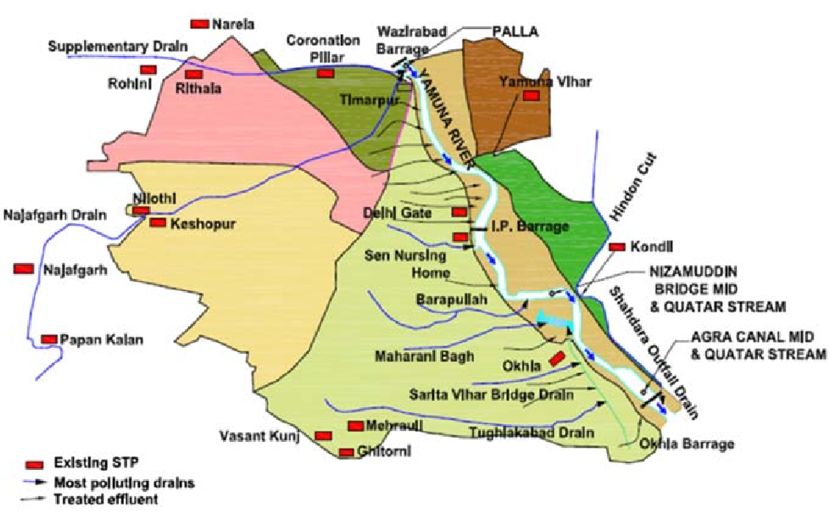
To control the pollution in Yamuna River in Delhi, under Namami Gange Programme, a total of 13 projects have been taken up with a sanctioned cost of Rs.2419 crore.
the Supreme Court of India has also taken up the matter of increased pollution levels in Yamuna due to discharge of pollutants as petitioned by Delhi Jal Board has been taken up as Suo Moto Writ Petition (Civil) ‘Remediation of Polluted Rivers’ and the matter is being heard thereof.


